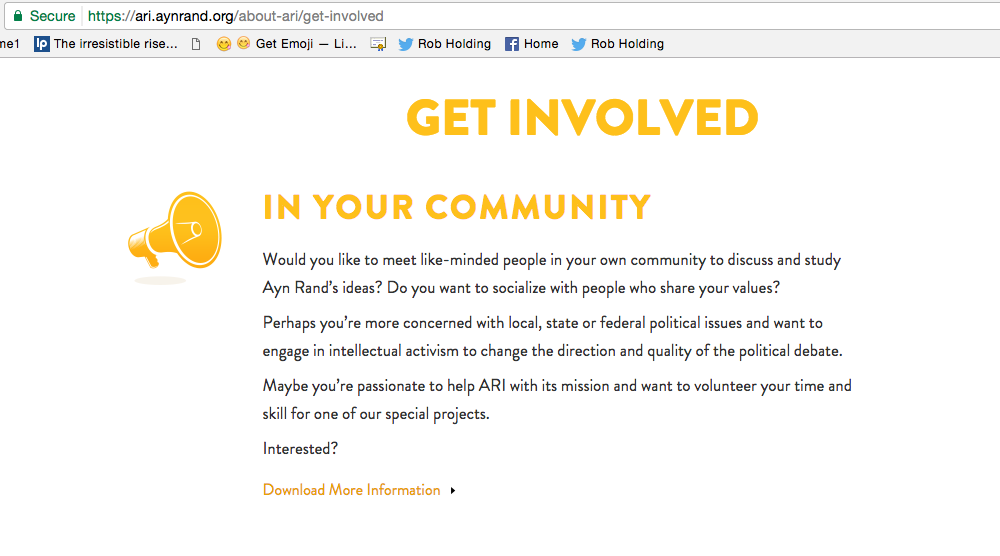 Did you know Meals on Wheels is being hit HARD by big budget cuts?
Did you know Meals on Wheels is being hit HARD by big budget cuts?
And Meals on Wheels isn’t the only one: many of the nonprofits that provide critical services and improve our quality of life and protect the environment all over the USA are NOT funded primarily by charity – by individuals and corporations giving money – and that means their already precarious funding situation is about to get more dire with the current federal government and philosophy of the majority of Congress. That’s not a political opinion: that’s a reality.
Meals on Wheels, like many nonprofits, does NOT get most of its funding from donations: a third of its funding comes from a provision of the Older Americans Act signed into law by President Nixon in 1972. The rest comes from state and local governments, corporate donations, and individual charity. But the OAA, like most government programs, is being scaled back, including federal and state government funding for Meals on Wheels. Among the reasons government officials are giving for the funding cuts, besides that “charity will take care of it” is that they doubt the program is needed – and say there’s no data to prove it is, let alone that it is doing anything critically necessary. As this December 2017 article in Slate notes, part of the problem is that Meals on Wheels data hasn’t been robust until recently:
A literature review in 2015 found that most studies related to home-delivered meal programs were small, unrigorously designed, and measured “self-reported dietary intake,” an unreliable metric. (Try measuring what you eat for a week.) Though senior nutrition advocates swore by the program, the lack of data made it harder to argue for more funding and may be the reason the OAA’s nutrition program has floundered. For many poverty programs, robust data are necessary for survival but not sufficient. Meals on Wheels programs are stuck in an appropriations purgatory where many don’t receive enough money to stay at capacity, much less expand, but they’re too adored to be cut much without political reprisal.
But the article also notes that, in 2013, a public health researcher at Brown University, published a paper that found “if all states had increased by 1 percent the number of adults age 65 or older who received home-delivered meals in 209 under title III of the OAA, total annual savings to states’ Medicaid programs could have exceeded $109 million.” Most of the savings would come from keeping seniors in their homes and out of nursing homes, which are more expensive. 92% percent of Meals on Wheels recipients say the service lets them live at home.
Meals on Wheels has relied on its VERY well known name and mission statement to be enough for government funding, let alone charitable gifts. No more. It needs data to prove the need for its existence and data to prove that its effective – not just number of meals delivered and number of seniors served, but how that changed anyone’s physical or mental health, let alone what independence it created and, ultimately, how much money it saved taxpayers.
And the same is true for YOUR nonprofit.
The United States federal government has just passed a massive tax cut that is giving all of these corporations and very well-off entrepreneurs and business owners a great deal of even more money. Meanwhile, several issues are at a crisis point in the USA: homelessness, poverty among people that are working full time, lack of affordable housing, opioid addiction (as well as other drug addictions), lack of access to health care, lack of access to dental care, understaffed schools in crumbling buildings, failing infrastructure, under-staffed public lands, arts groups on the brink of bankruptcy, and on and on.
So it’s time, for nonprofits in 2018 to be demanding.
Corporations, high-tech gurus and rich entrepreneurs like to tell nonprofits what they should be doing.
You should be using such-and-such fantastic new software/tech tool
You should be using social media more effectively.
You should be involving more volunteers.
You should have micro tasks and expert tasks and group tasks for volunteers.
You should be using meta data more often and more effectively.
You should have a program that addresses such-and-such.
You should do such-and-such activity.
And on and on.
Oh, but, when it comes time for funding any of those activities, they also love to say, “Sorry, we don’t fund overhead.” Let’s make 2018 the year nonprofits turn that statement on its head. Let’s make 2018 the year government officials and corporate leaders hear loud and clear that what they want from nonprofits takes MONEY.
Every time someone says,”You should be doing this,” tell them how much that will cost and ask them how much they will be able to donate to make that happen.
If a corporation asks you to give feedback on an employee volunteering idea or other philanthropic activity, say you would be happy to – and tell them what your hourly consulting fee will be.
If a corporate person says your executive director makes too much money, ask that person how much he or she makes, plus what benefits he or she gets (retirement, paid vacation weeks, bonuses, health care insurance coverage, etc.), and offer a comparison for your executive director, including level and type of responsibility.
When a business calls and says they would like a one-time volunteering opportunity at your nonprofit this Saturday from 10 to noon, tell them great, and also how much they will need to pay to cover the costs you will incur to make this happen. Make sure you charge an amount that truly makes the time and effort on your organization’s part worth the expenditure of your resources.
When a business says they need precise data that proves your organization does what it says it does, present them with an evaluation plan and how much it will cost to undertake such.
Sign up to speak during at least one city council meeting this year, to talk about what your organization is doing to address a community issue, to make your community a better place, etc. Offer specifics – not just number of activities, but testimonials from those that have benefited from such.
Sign up to speak during at least one of your city’s citizen’s committee that’s concerned with an issue your organization or program addresses (public safety, the arts, the historical commission, etc..).
Offer your own information for any “state of the community” statement your mayor or other local official prepares.
Say “NO” a LOT more. If a corporation wants you to do an event, activity or program that your organization cannot afford to do, say no. If a corporation wants you to do an event, activity or program that you don’t feel would be truly beneficial for those you serve and might actually detract from your mission, say no.
Nonprofits are going to be asked to do far, far more in 2018 than they have ever been asked to do before. They are, in many cases, going to be holding families and communities together, and be all that stands between survival and disaster for many people. They are also often what makes a community or public event or public space worth visiting, let alone living in or near. None of what nonprofits do is free. Meanwhile, corporations are experiencing record profits and corporate executives are enjoying record-breaking high salaries and bonuses. Time to charge them in full for your services and remind them of the financial costs of your work.
Also see:








